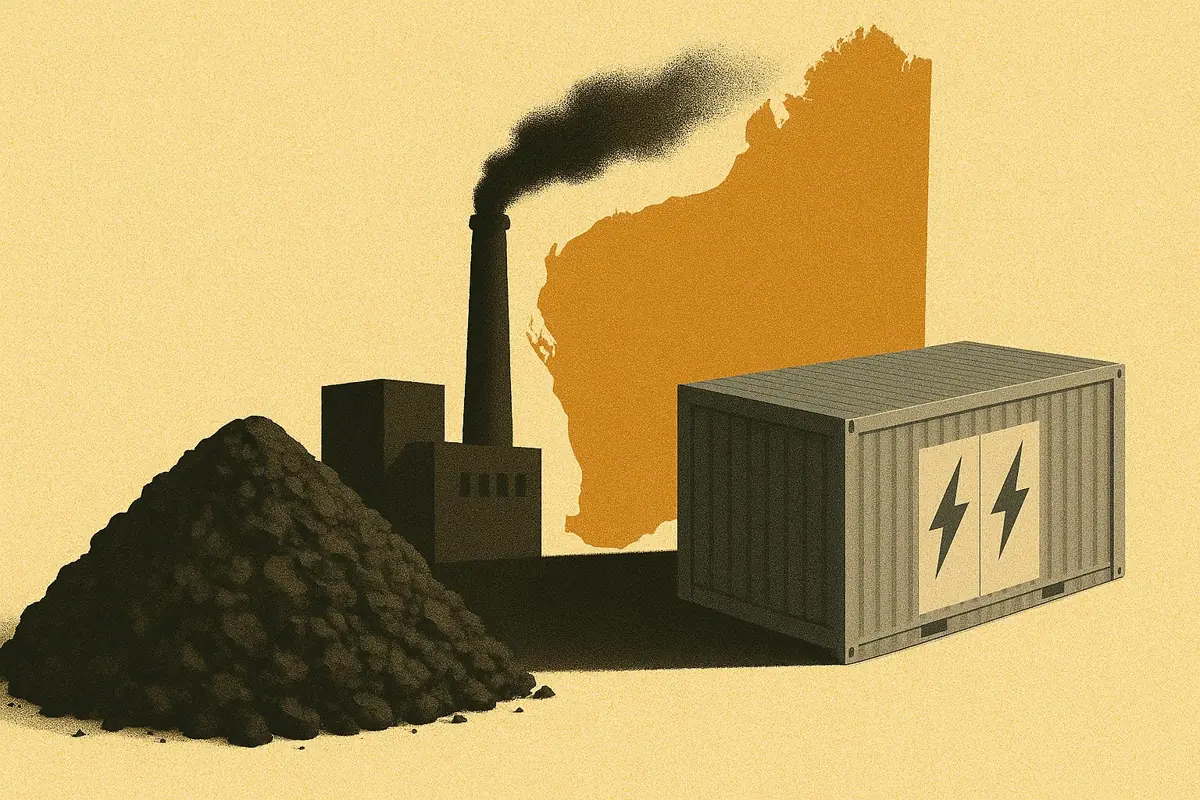A Beginner’s Guide to FCAS: Frequency response in the NEM
FCAS is the main source of frequency response within Australia’s NEM, split between two different services: Contingency and Regulation. It is bought within the same market as energy and is a significant part of the revenue stack for battery energy storage. As of 2021, an additional mandatory service was introduced through Primary Frequency Response which batteries also need to provide.
In this article, we briefly outline how frequency response operates in the NEM and the key considerations for batteries. For an introduction to the NEM, check out our explainer here.

We recommend reading AEMO’s Market Ancillary Services Specification (MASS) document for a full guide to participating in FCAS.
What is FCAS?
FCAS stands for Frequency Control Ancillary Services. It is the primary way that energy imbalances and frequency deviations are solved within the NEM. FCAS is divided into two types: Contingency and Regulation. Contingency is essentially a post-fault service, while Regulation provides more continuous frequency corrections.

Across both contingency and regulation services, FCAS operates in two different directions: Raise and Lower.
- Raise: This contributes to an increase in frequency by increasing generation or decreasing demand. It kicks in when frequency is below 50 Hz.
- Lower: This to a decrease in frequency by decreasing generation or increasing demand. This kicks in when frequency is above 50 Hz.
FCAS is procured via the same 5-minute market as energy via ‘co-optimisation’—the lowest-cost solution is reached for the entire system. The services are paid for through availability payments, settled in $/MW/hour. The costs of these services are recovered through two different ‘causer pays’ methodologies.
Contingency FCAS
Contingency FCAS is designed to correct large frequency deviations, typically caused by faults such as a generator tripping offline. Enabled units respond to a locally measured frequency signal—the service is triggered when this frequency moves outside the ‘normal operating band’, defined as 50±0.15 Hz.
A unit enabled in Contingency FCAS should deliver a change in power proportional to the change in frequency beyond this band, with full output delivered at either 49.5 Hz for Raise services or 50.5 Hz for Lower. (Note: frequency thresholds in Tasmania are different, set to ±2 Hz)
Contingency FCAS is divided into four sub-services: Very Fast, Fast, Slow, and Delayed. Each has a different response time and delivery requirement. The delivery timeframe for each service lasts until the next kicks in and is the maximum required—if frequency recovers within the normal operating band then delivery is no longer required.
This means delivery of the four services can be stacked - the same unit can deliver all four services in the same direction.
While batteries can provide all four Contingency services, different technologies also compete for individual services across the suite. For example, some demand flexibility units can provide the very fast service, or coal and other thermal generators the slower services.
Contingency FCAS can be provided by non-scheduled systems when they register as an ancillary services unit.
Regulation FCAS
Regulation FCAS manages (or ‘regulates’) minor frequency deviations on the grid, mostly caused by small imbalances between supply and demand. It aims to prevent frequency straying outside of the normal operating band where Contingency FCAS would be triggered. Dispatch signals are sent to enabled units every 4 seconds, via AGC (Automatic Generation Control).
Regulation FCAS dispatch instructions can be sent anytime grid frequency moves away from 50 Hz. This means utilisation (i.e. the amount of power actually required to be delivered) can be high. Energy dispatched during the delivery of Regulation FCAS is settled at the 5-minute spot price, so it is important for providers to consider the potential costs (or benefits) of delivery within their bid prices.
Because Regulation FCAS is dispatched via AGC, it is only available to scheduled generators and batteries.
What about primary frequency response?
Primary frequency response (or ‘PFR’) was introduced in 2021 to manage the system's growing frequency volatility. It is a mandatory service required from any scheduled or semi-scheduled generation units while delivering a non-zero energy output. Under its current design, there is no payment for delivering primary frequency response.
Under PFR, generators adjust their output based on the difference between the locally measured frequency and the central 50 Hz target. Batteries have the same requirements to provide PFR as other generators in the NEM, and bidirectional units must provide the service while either discharging or charging, with the exception of when enabled for Contingency FCAS.
To receive our latest research as it's published, sign up for our newsletter, or follow us on LinkedIn.







